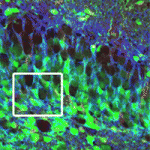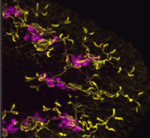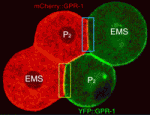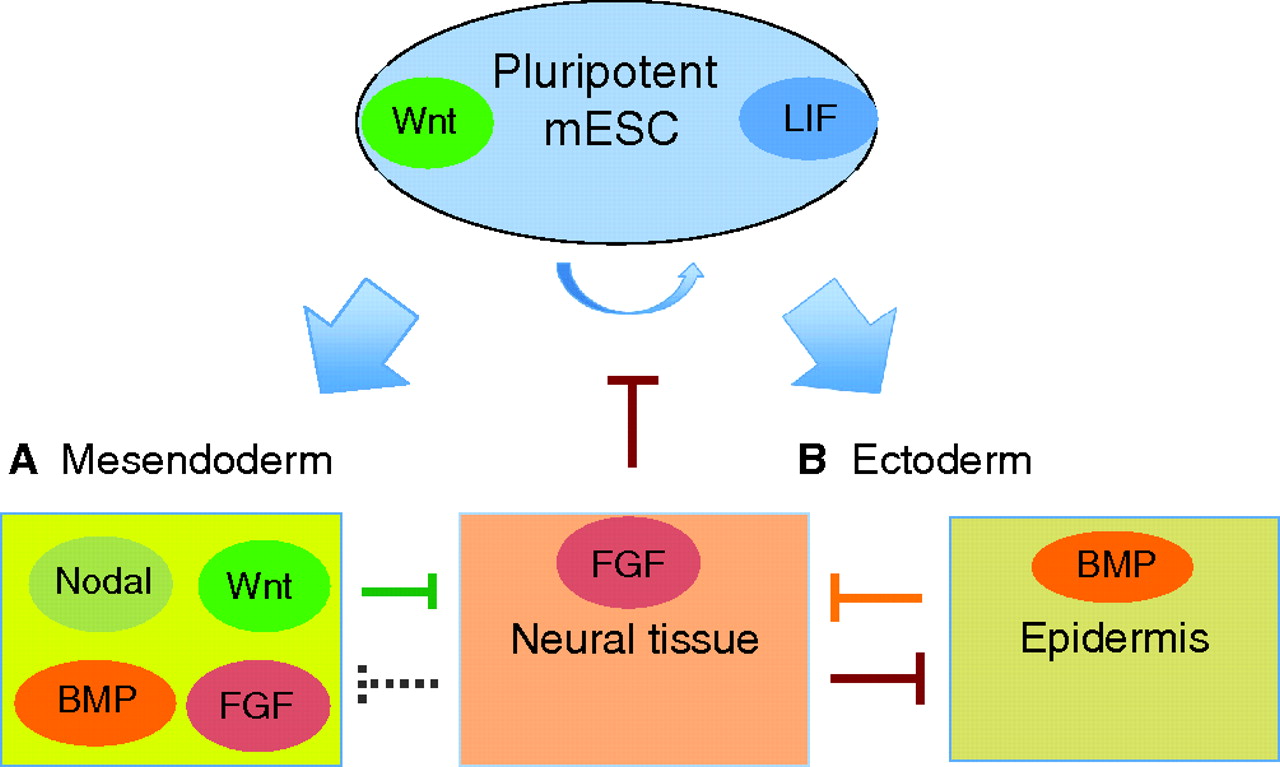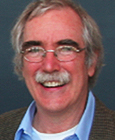 Eric Wieschaus is a Professor at Princeton University, USA. He was awarded the Nobel Prize in Physiology or Medicine in 1995, together with Christiane Nüsslein-Volhard and the late Edward B. Lewis, for their work “uncovering the genetic control of embryonic development”. Throughout his career, he has been interested in the mechanisms underlying patterning and morphogenesis in the early Drosophila embryo. You can find a short film featuring Eric, made at The EMBO Meeting here.
Eric Wieschaus is a Professor at Princeton University, USA. He was awarded the Nobel Prize in Physiology or Medicine in 1995, together with Christiane Nüsslein-Volhard and the late Edward B. Lewis, for their work “uncovering the genetic control of embryonic development”. Throughout his career, he has been interested in the mechanisms underlying patterning and morphogenesis in the early Drosophila embryo. You can find a short film featuring Eric, made at The EMBO Meeting here.
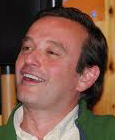
Marcos González-Gaitán‘s main interest lies in fly development as well. He started his lab at the MPI-CBG in Dresden, Germany, and in 2006, his group moved to the University of Geneva, Switzerland. Marcos has made major contributions to our understanding of how morphogen gradients are formed and regulate tissue growth. In his work, he combines cell biology and biophysics to address developmental problems in a quantitative manner.
I spoke to Eric and Marcos at The EMBO Meeting in Vienna last week. We talked about model systems, tackling details versus fundamentals, the future of developmental biology, and how to successfully collaborate with non-biologists. I hope you’ll enjoy reading about their experiences and thoughts!
What are currently the big scientific goals in your labs?
EW I think I’ve always been interested in things that I can see. For me the focus is on morphological change – how cells change shape, how they move. I’m trying to do something slightly more biophysical, partially because I have this prejudice that physicists never have to remember much detail and you can get to an understanding without knowing all the details.
MG What we are increasingly caring about is how tissues proliferate and grow, also taking a biophysical and cell biological approach. Of course I care about the details, but I try to see what can be fundamental beyond the details. I don’t know if it’s possible, because the details are contaminating the fundamentals to a large extent.
EW Yes, and we’ve almost never done well when we don’t look at details.
MG Exactly.
EW I think this is actually a little frustrating about the time we’re living in, because overall in the field, we have this desire to go to a systems level, and yet at least for me how to do science is really grounded heavily in particulars. Describing something in a general, global way isn’t as helpful for me….
MG I have very strong opinions about this, where I might be completely wrong in fact, but that’s how I think these days about this problem. We all speak about model systems, like Drosophila and I also work in fish, and with these you want to do something that can be general to other animals.
So, you start off thinking that the general description is at the level of genes. I don’t know what’s Eric’s opinion is on this, but over my career, I realised that that’s not really true – beyond saying that this gene is doing signalling, and this other one is a transcription factor. Beyond that it’s difficult to say that what Ubx does in Drosophila is the same as the homologous gene in another animal.
Then I became a cell biologist, because I thought these details might be general. I studied endosomes and endocytosis thinking that I’m going to find the principles of how endocytosis interfaces with signalling, and that’s going to be general. But, you also find out that that’s not the case, at least that’s my perception. The same endosome in the next system has totally different properties. It’s not general.
So then I moved into some biophysics and physics, thinking the universality is going to be in these physical properties, whatever they are – tension, mechanics or scaling of gradients. And now I’m getting to the point where this is probably also not true! Why is this? – I think its probably evolution; in every single system evolution has tinkered around with properties. So then where is our value?
My thinking today is that the real value is the approach. You ask questions to have solutions to these questions, and you develop tricks, assays – intelligent and elegant ways of thinking about the problem differently. In your little system, where the details are very important, you come up with a solution. I don’t think this solution is going to be universal. But the value, in my opinion, is that someone working in a different system can look at my study in flies or in fish and say, this is an interesting way of looking at the problem. You can measure degradation rates by doing FRAP, and then they can use these tricks or this way of thinking to apply to their system – the solution is probably going to be totally different.
EW One thing that struck me was, you said that model systems are model systems because we think of them as leading to generalities. That is actually what the word means. The reality is that model systems, at least in the fields we work in, exist not because it has anything to do with generality, but because experiments were easy to do in them. We stupidly call them model systems, but we really work in them because I can go into the lab and have a chance of setting up an experiment in a way that leads to a conclusion that’s admittedly very specific. However, you’re not going to be able to do those experiments in anything other than the five or ten model organisms. So the real generality maybe is close to what you are saying, that the generality is that model systems allow the approach, allow us to pursue a scientific approach.
The curious thing, as biologists, we worry a little about generality, but one of the accusations the physicists make about biologists is that we don’t see the forest for the trees. We see trees all the time, it’s all we see, we see little specific trees. And my physicist friends worry a lot about whether what we’re doing is important, or generalisable? They always ask that question, and my reaction with time has become: Oh yes, it’s going to be generalisable, and somebody really smart some time down the road is going to see all of this, it’s all going to fit together in some picture – maybe! But right now I’m happy with trees, I’m happy that I can go into the lab and get something that is admittedly specific about flies, but at least is probably true, and measurable.
MG The question is whether the problems we are addressing now, are comparable to trying to understand the double helix etc. We have the tendency to believe that it’s not, because we’re so much into our thing. But then, very often when people look back, they say, “These guys were doing absolutely fundamental research!”, but at the time they were just looking into this very particular thing. I ask this question all the time, are we looking at something fundamental or just the details. Because when I started to do developmental biology, I thought all my colleagues who did botany were completely boring, because they were just describing petals and sepals, while I was doing something fundamental. But with age, I’m not sure that I’m not just looking at petals and sepals, I’m not sure…
EW Well you know, some day, somebody will know, but we will fortunately not be around!
In your view, what will be the future of developmental biology?
MG I organise retreats in my lab, which often have this question – What is going to be the future in 5, 10 years. And it’s funny, my students and postdocs in the lab would say that the future is physics and to measure things. I think that’s not the future, that’s now! I have the feeling that we are neglecting some other things that might be the future, and that is chemistry. We think of proteins and genes, but there are all also lipids and sugars, and we are ignoring them completely! Maybe the future could be to measure them, find out where they are and how they influence things. Chemistry could be the future.
EW Maybe the future is ignorance! Meaning where the future is, is where we’re ignorant today. So, in a way, asking where the future is, is to ask what are the things that we don’t know. That’s the question I never ask because if I would make a list of all the things I don’t know, I’d just spend all my time making that list. Beyond the idea that it’s just in the things we don’t know today, your job as a scientist is to find something you don’t know and figure it out.
MG I think the future is determined by new ways of looking at things and then you can just ask different questions. For example, when I started my PhD with Garcia-Bellído, I was looking at work that he was proposing, and that Eric was proposing, which back then, meant to look at cells. At that time, developmental biology was not looking at cells at all – I’m talking 1985. So I thought the future is in cells, single cells, and it became the future in the 90s and 2000s. The same now with physics, people started to do this, so that can change the way we look at things and we will find things that we don’t know now. In this sense the new way of looking at it is maybe chemistry, but perhaps other things that my students may see one day, but not me.
EW I suppose if you were an administrator at a university deciding where you’re going to throw money, clearly one of the places that you could decide to throw money is in re-vamping chemistry departments, which many places now do. And that might be another test of where the future is – it’s where the people who have money are throwing it!
So they might set the future by throwing money there, because money usually makes things possible?
EW Yes, and when things become possible, unless people are cruelly incompetent, something good comes out of… going to the moon.
How did you start your collaborations with physicists, and do you have advice for others who are trying to do this?
EW I’m totally dependent on proximity. I don’t like talking on the phone, I type badly, I don’t write – I have to have people who are next to me, and I have to get along personally with them. What helps me a lot is that I’m at a university that has a very strong commitment to undergraduate teaching. It’s a great university with a lot of very smart people, but we all teach undergraduates, and we all often teach together. And so a lot of my contacts with physicists or with computer scientists are through my teaching. It’s odd, because you think, “God if I didn’t have to do so much teaching I could be really, really good and accomplish all kinds of stuff!”, but for me, teaching has been a very important part of my scientific development over the past 30 years. It’s brought me into contact with colleagues and people that I wouldn’t necessarily have found common ground with.
MG First, I think that very often biologists, when they go into these quantitative things have an agenda. They want to be proved right, and then they use these guys to prove them right. That is a short-term agenda. I think doesn’t work. In my case, I probably started in this way, but my main collaborator, Frank Jülicher, he’s a very deep person, and we have had to take our time to understand each other. Fortunately, we never had time pressure – we saw a problem and stepped back to the fundamentals. And we went slowly. It takes time; to me not rushing is something important. Second, I’m discovering that there is a component of personal chemistry and respect that is very important. The physicist needs to respect, appreciate and value, and want to understand the experiment and the details of it. And you need to do the same with their science; you need to understand how they solve the differential equations at some point because there is value in that.
What career advice do you give to your students and postdocs?
EW Work hard! Really, work hard, and be successful. Meaning that make choices always based on “Is this going to be successful?”, and be able to make that judgement. Be able to change, be flexible. You have to work really hard; you have to work on the weekends and all these things. But it’s not an excuse after a year or two to say, “Well, I worked really hard, somebody should hire me.” They’re not going to hire you because you work really hard; they’re going to hire you because you’ve actually accomplished something. And it’s impossible to accomplish something unless you work hard, and you have to finish stuff. You have to bring things to conclusions.
MG I’m more of a dreamer, I’m not so pragmatic. What I tell them is, value your career of course, but be beyond that, you want to understand something, and that is the uncompromisable thing. Do what is important to you, do work hard indeed, but go for a problem, understand something. I think that is the fuel to work hard and to improve your career. It allows you to relax a little bit about this pressure that everybody is feeling now, about crises, problems; you just focus on your problem. If you cannot do this, it does not work.
EW Yes, it’s really hard to work hard if you’re not passionate. It is the passion I guess that allows you to believe that if you work hard, you’ll accomplish something.
 (12 votes)
(12 votes)
 Loading...
Loading...


 (No Ratings Yet)
(No Ratings Yet)
 (2 votes)
(2 votes)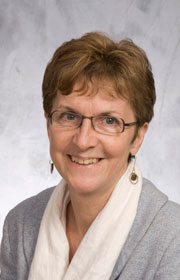 “At the end of the day, when people believe that a human embryo from the time of conception is worthy of all protection, you cannot argue against that. All I can argue is that we are in a situation where human embryos through IVF programmes are discarded, and isn’t it more ethically acceptable to use those discarded embryos to help save human lives in the future?” –
“At the end of the day, when people believe that a human embryo from the time of conception is worthy of all protection, you cannot argue against that. All I can argue is that we are in a situation where human embryos through IVF programmes are discarded, and isn’t it more ethically acceptable to use those discarded embryos to help save human lives in the future?” –  “We think of proteins and genes, but there are all also lipids and sugars, and we are ignoring them completely! Maybe the future could be to measure them, find out where they are and how they influence things. Chemistry could be the future.” –
“We think of proteins and genes, but there are all also lipids and sugars, and we are ignoring them completely! Maybe the future could be to measure them, find out where they are and how they influence things. Chemistry could be the future.” – 

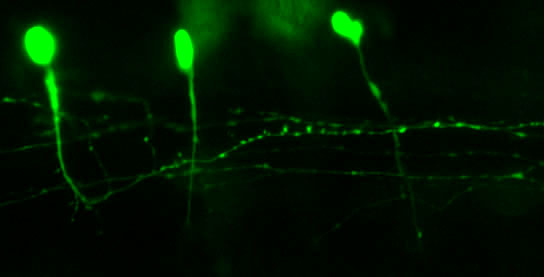
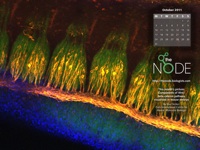
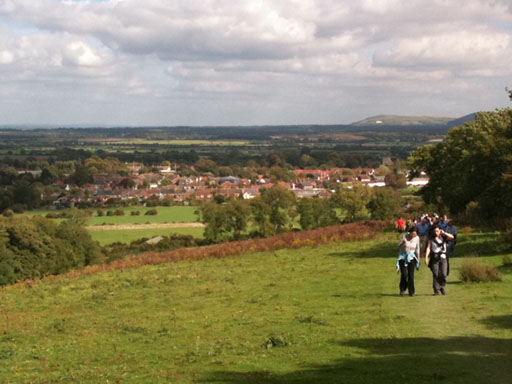

 (12 votes)
(12 votes)